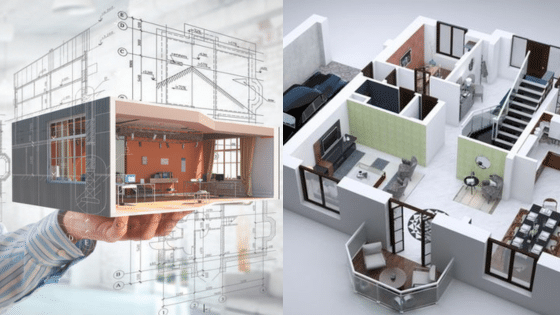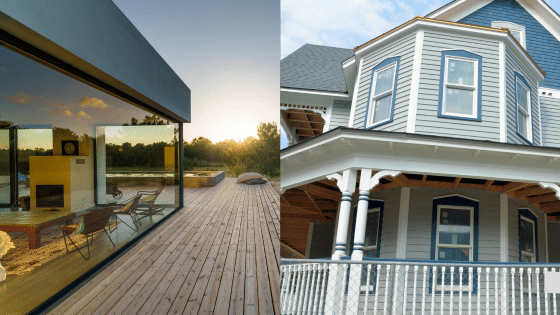Building a new home is one of the most exciting journeys you’ll ever take. But before the foundation is poured and the walls go up, there’s one step that often determines how smoothly the entire process will go—your budget. Partnering with a reliable construction estimating company early in the process can give you clarity on costs, help you avoid surprises, and ensure your vision lines up with your finances.
Key Takeaways
- A beautiful budget starts with your vision—not just numbers.
- Always include hidden costs like permits, utilities, and site prep.
- Breaking the project into phases gives you flexibility and control.
- Keep a contingency fund of at least 10–15%.
- Trusted professionals like Blaze Estimating can bring valuable clarity.
- Align your budget with your lifestyle, not just your house plans.
1. Start with Your Vision, Not Just the Numbers


Before you dive into spreadsheets and cost breakdowns, ask yourself what matters most in your future home. Is it a gourmet kitchen, energy-efficient features, or maybe a spa-like bathroom?
For example, if cooking is your passion, it may make sense to allocate a bigger portion of your budget toward appliances, cabinets, and countertop materials. If sustainability is important, directing funds toward insulation, solar panels, or upgraded HVAC systems could save you money in the long run.
Your budget should reflect your priorities, not just what looks good on paper. A clear vision ensures you don’t overspend on things that don’t matter to you while leaving room for the features that will truly make your home feel like yours.
2. Understand the True Scope of Costs

A common mistake many homeowners make is focusing only on the obvious costs: materials and labor. But those are just the beginning. You also need to plan for:
- Permits and inspections – every city or county has its own requirements.
- Site preparation – grading, excavation, or demolition if you’re building on an existing lot.
- Utility connections – water, sewer, electricity, and gas hookups.
- Finishes – flooring, paint, fixtures, and trim can add up quickly.
- Landscaping – trees, sod, fencing, and exterior features are often forgotten.
- Unexpected surprises – like soil issues or material shortages.
By creating a budget that includes all of these categories, you’ll avoid that sinking feeling of being halfway through your project only to realize you’re already over budget.
3. Break the Project into Phases
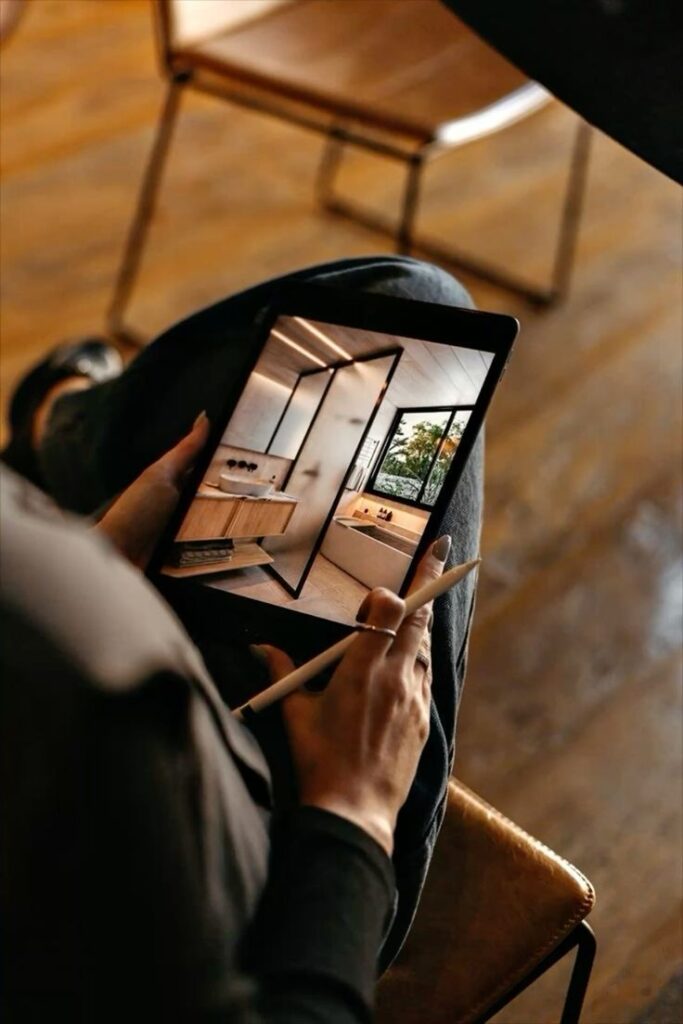
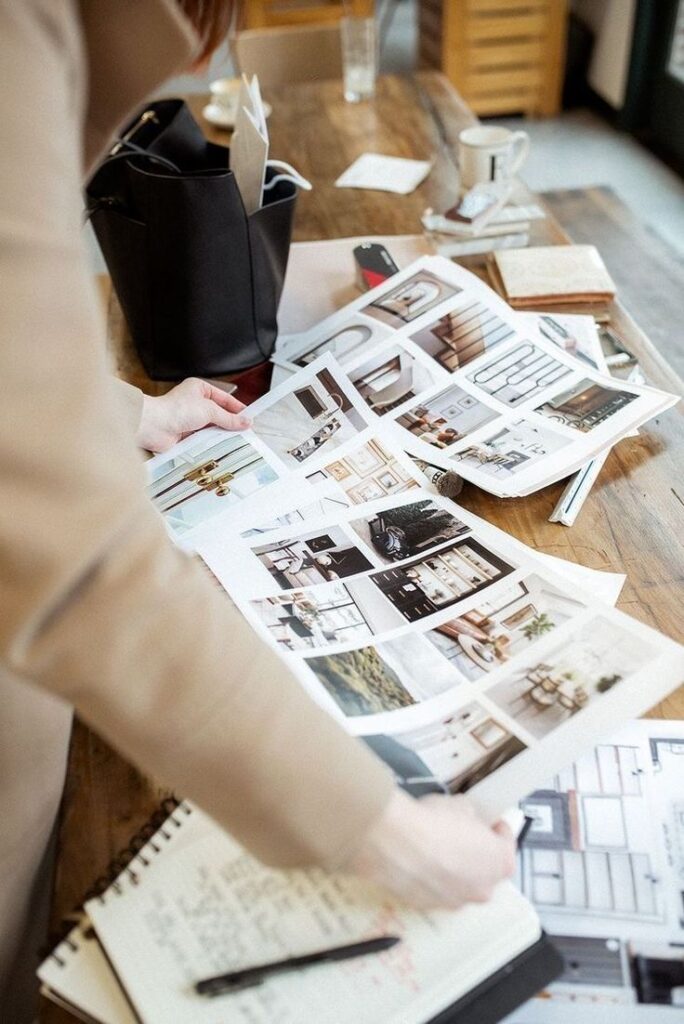
Think of your build as a series of layers:
- Foundation & structure
- Framing & exterior
- Mechanical systems (plumbing, electrical, HVAC)
- Interior finishes
- Final details & landscaping
Breaking things down like this helps you monitor spending in real time. If one phase runs slightly over, you can adjust in the next instead of being blindsided at the end.
For example, if framing costs come in higher than expected due to lumber prices, you may decide to swap quartz counters for granite in the kitchen to balance the budget. It’s about giving yourself room to pivot without sacrificing quality.
4. Leave Room for the Unexpected

No matter how detailed your plan is, construction always comes with surprises. Weather delays, material shortages, or last-minute design changes can shift costs quickly.
That’s why I recommend setting aside at least 10–15% of your total budget as a contingency fund. On a $500,000 build, that means $50,000–$75,000 reserved for the unknown.
This safety net keeps your project moving forward without forcing you to cut corners or compromise on your dream features. And if you don’t end up needing it? Even better—you can put it toward upgrades or savings.
5. Trust the Right Professionals
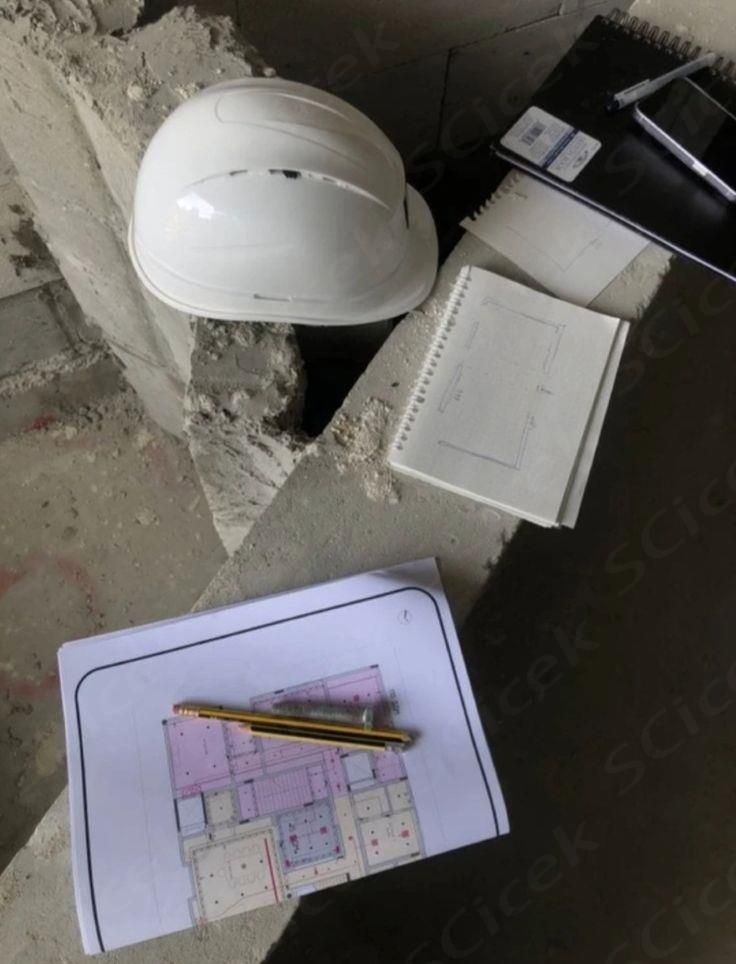
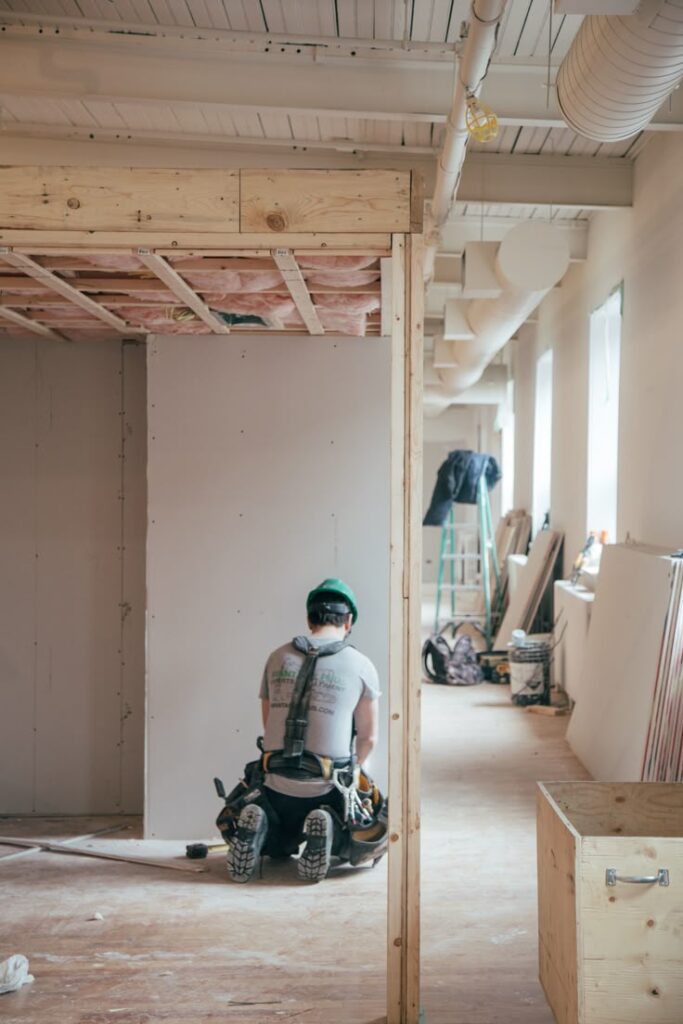
Budgeting beautifully isn’t just about discipline—it’s about insight. Even the most prepared homeowner can miss small details that snowball into big expenses. This is where professional guidance makes a huge difference.
Personally, I’ve found Blaze Estimating to be a company you can trust. Their expertise ensures that no cost is overlooked and that you have a clear, accurate picture of your project from the start. When you work with experts who specialize in clarity, you reduce stress and make smarter decisions throughout the process.
6. Align Your Budget with Your Lifestyle


Here’s the part most people forget: a budget isn’t just about money—it’s about how you want to live.
- If you love entertaining, maybe you spend more on open-concept living spaces, large patios, or a bigger kitchen island.
- If you’re a quiet homebody, you might prioritize cozy bedrooms, natural light, or a private office.
- If sustainability is your passion, your funds could go into high-efficiency systems that pay off in lower bills for years.
When you align dollars with lifestyle, you’re not just building a house—you’re creating a home that fits you perfectly.
Final Thoughts
Budgeting beautifully before the build is about more than staying on track financially—it’s about creating a roadmap that reflects your priorities, protects your investment, and makes the entire building journey less stressful. With the right planning, trusted professionals, and a clear vision, you can turn your dream home into reality without unnecessary surprises.
- 0shares
- Facebook0
- Pinterest0
- Twitter0
- Reddit0








